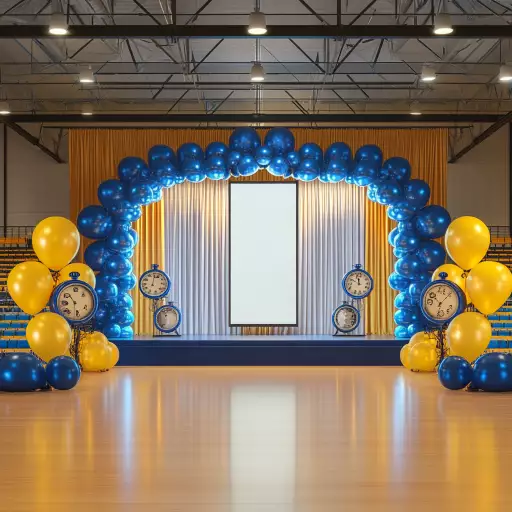Explore the Best AI Image Gallery

Pixel Perfect: How AI is Transforming Product Photography
The world of product photography has always been about capturing the essence of a product, showcasing its features and enticing customers to buy. Traditionally, this involved meticulous setup, skilled photographers, and often, costly post-production editing. However, the emergence of artificial intelligence (AI) is rapidly changing the landscape, ushering in a new era of efficiency, creativity, and accessibility.
The AI Advantage: Efficiency Redefined
One of the most significant impacts of AI in product photography lies in its ability to automate tasks that were previously time-consuming and labor-intensive. AI-powered tools can:
- Generate high-quality product images from 3D models, eliminating the need for physical product shoots.
- Automate image editing tasks such as background removal, color correction, and retouching, saving photographers valuable time and effort.
- Create variations of a single image with different backgrounds, lighting, or angles, providing marketers with a wider range of options to choose from.
Beyond Automation: Unleashing Creative Potential
While efficiency is undoubtedly a major benefit, AI goes beyond simply automating tasks. It also empowers photographers and designers to explore new creative avenues:
- Style Transfer: Apply the artistic style of famous paintings or photographs to product images, creating unique and eye-catching visuals.
- Generative Design: Generate entirely new product designs based on user input and desired aesthetics.
- Virtual Try-On: Allow customers to virtually try on clothes or accessories using augmented reality (AR) powered by AI, enhancing the online shopping experience.
Navigating Ethical Considerations
As with any powerful technology, the integration of AI in product photography raises ethical considerations:
- Bias and Representation:** Ensure that AI algorithms are trained on diverse datasets to avoid perpetuating biases in the representation of products and people.
- Transparency and Explainability**: Strive for transparency in how AI tools are used, enabling users to understand the process behind image generation and editing.
- Ownership and Copyright**: Clarify ownership rights for images generated by AI, particularly when they incorporate elements of existing copyrighted works.
Looking Ahead: The Future of AI-Powered Product Photography
The future of product photography is undeniably intertwined with the evolution of AI. We can expect to see:
- More sophisticated and realistic image generation**: AI will continue to learn and improve, producing images that are increasingly indistinguishable from real photographs.
- Personalized Product Experiences**: AI will enable brands to create customized product visuals tailored to individual customer preferences.
- Seamless Integration with E-commerce Platforms**: AI-powered photography tools will become seamlessly integrated into e-commerce platforms, streamlining the entire product listing process.
AI is poised to transform the way we create and consume product images, empowering businesses to tell compelling visual stories and connect with customers on a deeper level. By embracing these advancements responsibly and ethically, we can unlock the full potential of AI to revolutionize the creative landscape.